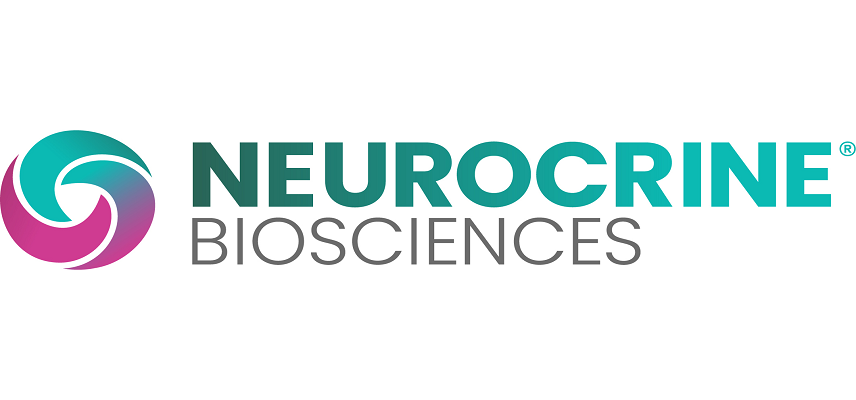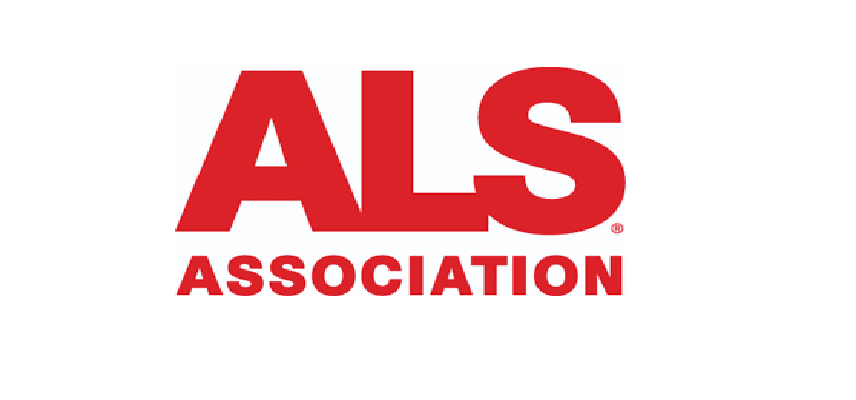Neurocrine Biosciences Reports 3-Year Data Showing Sustained Chorea Improvement with INGREZZA in Huntington’s Disease
Honolulu, Hawaii — October 2025: Neurocrine Biosciences, Inc. (Nasdaq: NBIX) presented new long-term data from the open-label KINECT®-HD2 study, showing that INGREZZA® (valbenazine) capsules maintained sustained improvements in chorea severity and a consistent safety profile for adults with Huntington’s disease (HD) through three years of treatment. The findings were unveiled at the 2025 MDS International Congress of Parkinson's Disease and Movement Disorders in Honolulu.
Long-Term Efficacy and Safety Confirmed
“Most people with Huntington's disease experience chorea—one of the most debilitating symptoms that interferes with motor coordination, gait, swallowing, and speech. The KINECT-HD2 study demonstrated that INGREZZA provides sustained and meaningful chorea management, with improvements observed early and maintained over three years. Importantly, concomitant antipsychotic use had no effect on chorea improvement.”
- Dr. Sanjay Keswani, Chief Medical Officer, Neurocrine Biosciences.
About the KINECT-HD2 Study
- Design: Open-label, long-term study evaluating safety, tolerability, and efficacy of once-daily INGREZZA.
- Participants: 154 adults with motor-manifest Huntington’s disease.
- Duration: Up to three years (156 weeks) with an ongoing optional maintenance period.
- Assessments:
- Safety: Tracked treatment-emergent adverse events (TEAEs), including serious events and discontinuations.
- Efficacy: Measured changes from baseline in Unified Huntington’s Disease Rating Scale (UHDRS®) Total Maximal Chorea (TMC) score.
- Response: Evaluated using Clinical Global Impression of Change (CGI-C) and Patient Global Impression of Change (PGI-C) scales through Week 156.
- Subgroup Analysis: Compared outcomes among patients using concomitant antipsychotics.
Key Findings
Sustained Efficacy Across Three Years
- Early improvements were observed as soon as Week 2, with a mean UHDRS TMC score change of -3.4 ± 0.3 (n=146) at 40 mg—the lowest dose.
- Chorea improvement was sustained at all subsequent timepoints up to Week 156.
- Patient- and clinician-reported response rates:
- Week 2: 34.5% (PGI-C “much improved” or better)
- Week 104: 75.9%
- Week 156: 77.8%
- CGI-C results mirrored the PGI-C pattern. - Antipsychotic co-use: No observable impact on chorea improvement.
Safety and Tolerability
- 97.4% (150/154) of participants reported at least one TEAE.
- Most common TEAEs:
- Falls (42.9%)
- Somnolence (25.3%)
- Fatigue (21.4%) - Serious TEAEs: Occurred in <2% of participants.
- Discontinuations due to TEAEs: 15.6%
- Overall safety profile remained consistent with known effects of INGREZZA and the underlying symptoms of HD.
Additional Data Presented at MDS 2025
Neurocrine also showcased several related analyses and posters at the congress, including:
- Poster #405: Decreased Disease Burden in Motor-Related HD-HI Domains Among Adults Treated with Valbenazine
- Poster #404: Valbenazine Improves Chorea Across Multiple Body Regions
- Poster #464: Remission of Tardive Dyskinesia in Long-Term Valbenazine Treatment
- Poster #467: Valbenazine Improves the Burden and Symptoms of Tardive Dyskinesia — Results from the Phase 4 KINECT-PRO Study
Understanding Huntington’s Disease and Chorea
Huntington’s disease (HD) is a hereditary, progressive neurodegenerative disorder caused by the loss of specific brain neurons. Symptoms typically appear between ages 30 and 50 and progress over 10–25 years.
Key symptoms include:
- Motor: involuntary movements (chorea), poor coordination, and gait disturbance.
- Cognitive: impaired thinking and judgment.
- Psychiatric: mood swings, irritability, or depression.
Chorea — the hallmark movement disorder, involves irregular, unpredictable movements that can affect the face, limbs, and trunk. It often disrupts speech, swallowing, and balance.
HD affects an estimated 41,000 adults in the U.S., with 200,000 more at genetic risk.
About the KINECT-HD2 Study
KINECT-HD2 continues to evaluate the long-term safety and sustained efficacy of INGREZZA in treating HD chorea. The study includes adults aged 18–75 years with motor-manifest HD.
Concomitant antipsychotic use is permitted under the protocol.
About INGREZZA® (valbenazine) and INGREZZA® SPRINKLE
INGREZZA is a selective VMAT2 (vesicular monoamine transporter 2) inhibitor approved by the U.S. FDA for:
- Tardive dyskinesia (TD) in adults.
- Chorea associated with Huntington’s disease in adults.
Key advantages:
- Therapeutic dose from day one (no titration required).
- Once-daily capsule, available in 40 mg, 60 mg, and 80 mg strengths.
- Compatible with most antipsychotic and antidepressant regimens.
- Also available as INGREZZA SPRINKLE for patients with dysphagia or pill-swallowing difficulties.
Mechanism: INGREZZA selectively targets VMAT2, reducing excess dopamine release in the brain. This helps manage involuntary movements without significantly affecting other neurotransmitter systems (VMAT1, D2, serotonin, histamine, etc.).
Important Safety Information
Warnings:
- May cause depression or suicidal thoughts in patients with Huntington’s disease.
- Risk of allergic reactions, somnolence, QT prolongation, neuroleptic malignant syndrome (NMS), and parkinsonism-like symptoms.
- Avoid use with monoamine oxidase inhibitors (MAOIs) or digoxin without medical supervision.
Most common side effects:
- Sleepiness and fatigue (in both TD and HD patients).
- Rash, hives, and insomnia (in HD patients).
Adverse events can be reported to FDA MedWatch at www.fda.gov/medwatch or 1-800-FDA-1088.
About Neurocrine Biosciences, Inc.
Neurocrine Biosciences is a neuroscience-focused biopharmaceutical company committed to discovering and developing treatments for neurological, neuroendocrine, and neuropsychiatric disorders.
The company’s portfolio includes FDA-approved therapies for:
- Tardive dyskinesia
- Chorea in Huntington’s disease
- Classic congenital adrenal hyperplasia
- Endometriosis* and uterine fibroids* (*in collaboration with AbbVie)
With 30 years of neuroscience expertise, Neurocrine applies deep biological insights to develop therapies that relieve suffering in under-addressed conditions.

Optimize Your trial insights with Clival Database.
Are you exhausted from the uncertainty of trial insights pricing? Clival Database ensures the clarity in the midst of the global scenario for clinical trials to you.Clival Database is one of the best databases that offers an outstanding number of clinical trial data in terms of 50,000+ molecules and from primary regulatory markets as well as new entrants like Indian and Chinese markets.
With Clival, you get accurate positioning of historical sales data, patent database, company profiling, safety & efficacy, and prediction of launch of new innovative molecules helping you to align your research and driving down the cost.
To add value, we further break down our analytics for you so that improving your operational effectiveness; optimizing your clinical trials; and offering you accurate and high-quality data at lowest possible prices becomes possible.
Elevate your trial success rate with the cutting-edge insights from Clival database.
Check it out today and make more informed sourcing decisions! Learn More!







